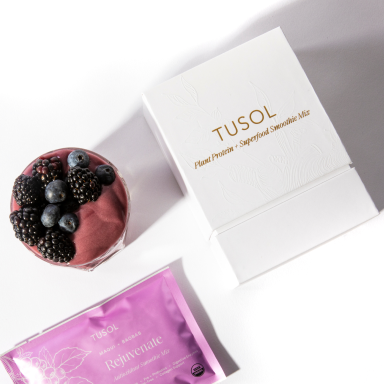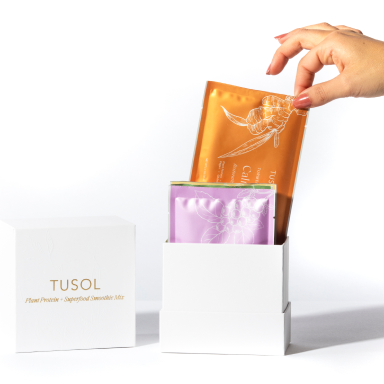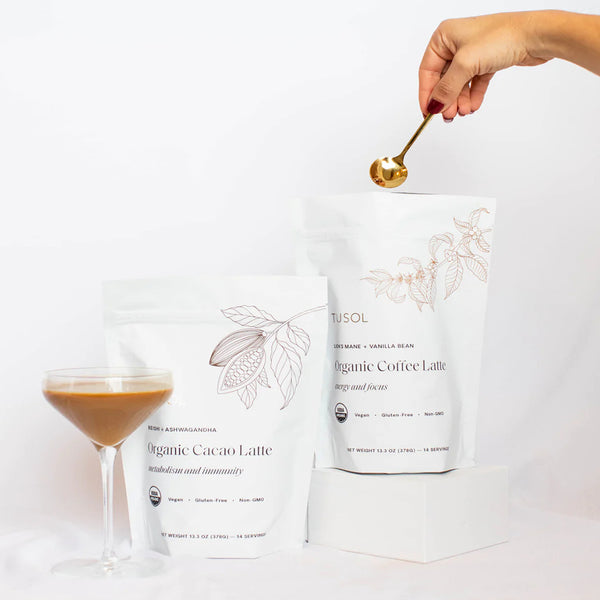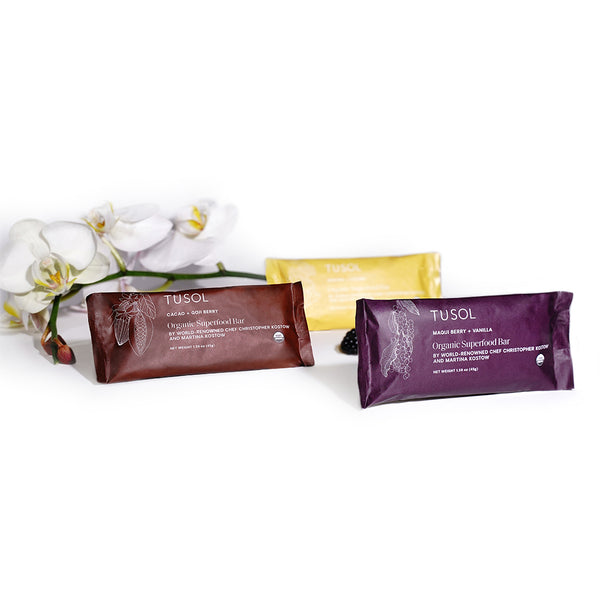Light & Its Impact on Your Health
Does light really have that big of an impact on your overall health and well-being? The short answer is yes!!
It’s no coincidence that we function best when exposed to a moderate amount of natural sunlight. It’s also no coincidence that some individuals may feel sad and depressed during darker and shorter days of the year.
In fact, light impacts fluctuations in body temperature, the sleep-wake cycle, energy metabolism, and more. In this article, we’ll dive into the nitty-gritty details regarding how and why light has such a vast effect on human behavior and physiology, giving you multiple reasons to get outside and get a moderate amount of natural sunlight each day (and potentially decrease your amount of exposure to artificial light).
Light-Sensitive Receptor Proteins: What Are They & Why Are They Important?
Recent research has pinpointed light-activated neurons and light-sensitive receptor proteins deep in the brain. In fact, a study found these to be located deep within the mouse brain as opposed to only in the optic nerves - as previously thought. These neurons receive input from other neural networks when light is present.
And they’re surprisingly responsible for a lot of processes related to metabolic function, which means they are important for overall good health.
These light-activated neurons within the brain control body heat. And body temperature regulation is crucial.
Your body temperature indicates how well your body is able to make and dispel heat (and energy). In a healthy body, this temperature doesn’t fluctuate too much since the body and its cells are well-adapted to these fluctuations and are able to re-instate homeostasis fairly easily.
For instance, if your body struggles to regulate its temperature, you may find yourself waking up during the night, experiencing poor digestion, having low energy, not being able to concentrate, having low immunity, and more. These are all signs of poor health and poor metabolic function, indicating that light may be an important piece in improving your health outcomes and regulating functions of the body.
Why Is Brown Fat Important?
Alright - so what am I doing here bringing up brown fat?
This same study discussed above indicated that these light receptor proteins deep in the brain activated a pathway that reduces the heat production of brown fat.
What is brown fat? Brown fat is an insulating type of fat that produces heat when the body feels cold. In turn, this helps keep you warm and maintain a balanced body temperature. It does this through the increased amount of mitochondria present, particularly when compared to white fat.
In other words, this indicates that light has the capability to turn off and on the body’s ability to regulate and control body temperature (and much more). This study also opens the doors to larger questions, especially since we have a higher amount of control over ambient light, temperature, and nutrient supply when compared to our ancestors. Thus, we are much less susceptible to natural environmental metabolic challenges. In turn, we should be able to use and harness nature to our advantage. But are we?
Artificial Light & Its Impact
Undeniably, many of us spend a lot of time indoors. We stare at our screens for work and entertainment. We bathe in fluorescent light bulbs emitting violet and blue wavelengths that penetrate deep within the body’s cells.
In a way, nature’s light doesn’t hold us back. We’ve created artificial light to compensate, which allows us to stay up later and wake up earlier than ever before.
Yet, this isn’t all good news, especially when it comes to your health. This artificial light is known to throw off our natural sleep-wake cycle. And seemingly, it might also mess with some metabolic factors (like temperature as discussed above).
It’s no secret that going to bed and waking up with the sun provides an array of health benefits. In fact, sun exposure also helps the body make vitamin D - a necessary vitamin for maintaining strong and robust bones. But this artificial light might be messing up these natural processes. First off, it reduces the need for natural sunlight since we can basically sit indoors any time of day or night and have the light we need to go about whatever activities we please. It also may push some individuals to ignore the natural fall and rise of the sun, allowing them to create their own schedule. But the effects this has on one’s health may be highly underestimated.
Modulating Metabolism By Influencing Environmental Light
Interestingly, eating only during daylight hours has been shown to improve insulin sensitivity in people with prediabetes — a change that might lower the risk of developing full-blown diabetes.
We can also speculate that limiting violet or blue light might activate brown fat and thereby increase the metabolic benefits of daytime-only eating. In fact, red light is associated with increased glucose uptake and the heat production of brown fat. And sunlight contains red wavelengths. In turn, it’s almost obvious that natural light exposure and limiting artificial light exposure can have an array of benefits when it comes to metabolic function and health.
Metabolism, in a way, refers to how well your body’s cells take in and use glucose. This spills over into every function and process within your body and how well each of these functions and processes are performing. These also add up to good health or ill health - or somewhere in between. If your cells aren’t using glucose properly, your metabolic function will decline. And this seems to be somewhat linked to environmental light exposure.
Using Other Types of Lights
So, what about other types of light besides blue and red?
There have been various reports that candlelight is less disruptive to sleep. Yet, there are also reports showing that it can be disruptive. The reason it may be less so than other lights, such as a lightbulb, is due to its dimness. It’s simply not as bright. Pink Himalayan salt lights work in a similar fashion.
Edison incandescent lights, on the other hand, easily disrupt our natural sleeping patterns, which can set back your metabolic function and health.
However, you do have control when it comes to your light exposure and the timing of this light exposure. For instance, some research has shown that exposing yourself to sunlight first thing in the morning is associated with greater alertness - and even the ability to fall asleep easier at night.
All in all, going along with nature seems to be the most advantageous way to utilize light when it comes to your health. For instance, you may want to forego curtains and instead just go with the flow - or the sunlight. It’s also beneficial to avoid mass amounts of artificial light right before bed, such as computer, TV, or phone screens.
While these changes seem somewhat small (or maybe extreme for some individuals), they may vastly improve your overall health and your metabolic function, meaning you might just feel that much better and that much more ‘on’ than you would otherwise.






















